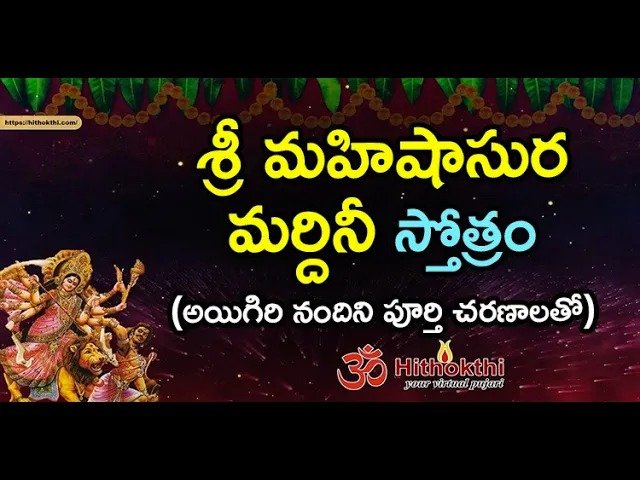Thirunelli Maha Vishnu Kshetram
July 17, 2013: Thirunelli Maha Vishnu Kshetram is believed to be the only place where Hindus can perform every ritual pertaining to our lives here on earth - from birth to death and after death to attain moksha or ultimate liberation from the cycle of birth and rebirth. Fittingly enough, this ancient temple in Kerala is also referred to as the 'Kashi of the South.' Kashi or Varanasi is one the world's oldest cities and the 'religious capital' of India.
The temple is located at a height of about 900 meters above sea level in the northern Wayanad district of Kerala and is situated in the dense forest reserves of the Brahmagiri Mountains. Once you depart from Mananthavady, one of the bigger towns in Wayanad, the route passes through several remote hamlets before entering the beautifully peaceful wildlife sanctuaries where wild elephants roam the slopes alongside herds of spotted deer, peacocks, buffaloes and clans of chattering monkeys.
History of the Thirunelli Maha Vishnu Temple
While there are no confirmed records of the date of establishment of the temple, there is documentary proof that Thirunelli was an important town and pilgrim center in southern India during the rule of the Chera King Bhaskara Ravi Varma I (962-1019 CE). It is estimated that the temple dates back to at least over a 1,000 years and there are several interesting myths associated with the formation of the temple itself.
Myths & Legends about the Thirunelli Maha Vishnu Temple
One of the temple priests told me that according to legends, the temple was built by Lord Brahma, who saw the Brahmagiri mountains and its enchanting surroundings when he chanced to fly over the forests on a swan. He descended on the spot and while wandering through the thickets, found an idol of Lord Vishnu under an Amla or gooseberry tree. When he approached it, a loud booming voice announced that this place was sacred and was 'Vishnuloka' - the abode of Vishnu. Lord Brahma established a temple there, installed the idol and named it 'Sahyamalaka' temple. Lord Vishnu also blessed the waters of the stream that flowed nearby with powers to wash away all human sins. From then on, the stream has been known as 'Papanashini,' meaning "the stream that washes away all sins."
According to another legend, Garuda - the king of birds and vehicle of Vishnu - was flying over the Thirunelli temple with the Amrutakumbha, the fabled pot of 'Amrut' or the nectar of life, when Lord Brahma was consecrating Vishnu's idol and as Garuda circled over the place and a few drops of nectar fell into the stream nearby, the Papanasini river attained its cleansing and purifying powers.
Legend has it that Lord Brahma Himself visits the temple everyday just before the break of dawn to worship the idol He installed and in this belief the head priest or 'Vaadyaar' of the temple lays out a fresh set of flowers, incense and other puja materials each night before closing up and leaving the temple.
For those who wish to do the rituals for their departed loved ones, they need to arrive the night before, bathe and proceed to the temple for the evening puja and prayers. After the evening prayers, 'deeparadhana,' and 'darshan,' the main 'pujari' or priest announces that anyone who wishes to pray for their departed family members must wait behind after the regular temple visitors leave. Later, he would ask this group to repeat after him a simple prayer that announces to the Gods that they intend to pray for the moksha of their ancestors the following morning and to shower them with His blessings. Once the prayer has been said, all those gathered at the temple steps must do 'daandanamaskaar' prostrate in front of the temple seeking blessings. They can then have a simple non-rice based meal at the temple and leave.
The following morning, the pilgrims must return to the temple anytime between 5-11 am, pick up some puja materials, such as banana leaves, sacred 'durba' grass, rice and 'til' or sesame seeds, from the main temple and then proceed straight to the Papanasini stream which is about a half kilometer away from the temple. This walk is almost entirely paved with cemented steps and pathways. The last 100 meters is a mild upward climb over several large boulders and needs to be carefully trodden by the elderly and infirm.
The Purifying Bath at the Papanasika Stream
Once at the stream, one needs to climb down into a pool of extremely chilly but refreshing mountain spring water that you can see gushing out of the rocks and roots. Once you totally immerse yourself in the water, one needs to climb out of the pool and climb over to the other side of a small make-shift dam, built to pool the water at the stream head. Here several pujaris are assembled along either side of the river and gather the pilgrims in batches of 2 or 3 persons and begin reciting prayers that must be carefully repeated. The entire ritual takes about 15 minutes to complete under the directions of the pujaris and once done, you can retreat to a small make-shift changing room on the highest side of the stream bank if you wish or return to the main temple.
The Gunika Cave Temple of Lord Shiva
While returning to the temple, on the way back one can optionally stop by the Gunnika cave temple by crossing a short bridge. This temple is dedicated to Lord Shiva. A short walk further down is a medium sized water body tank that was once the meeting point of five rivers or 'panchateertham' but have dried up since. At the center of the tank, there is a rock with imprinted with 'Vishnupads' or feet marks of Lord Vishnu and surrounded by numerous clusters of lotus flowers growing around it.
Source: Speaking Tree, DT. July 17, 2013.







